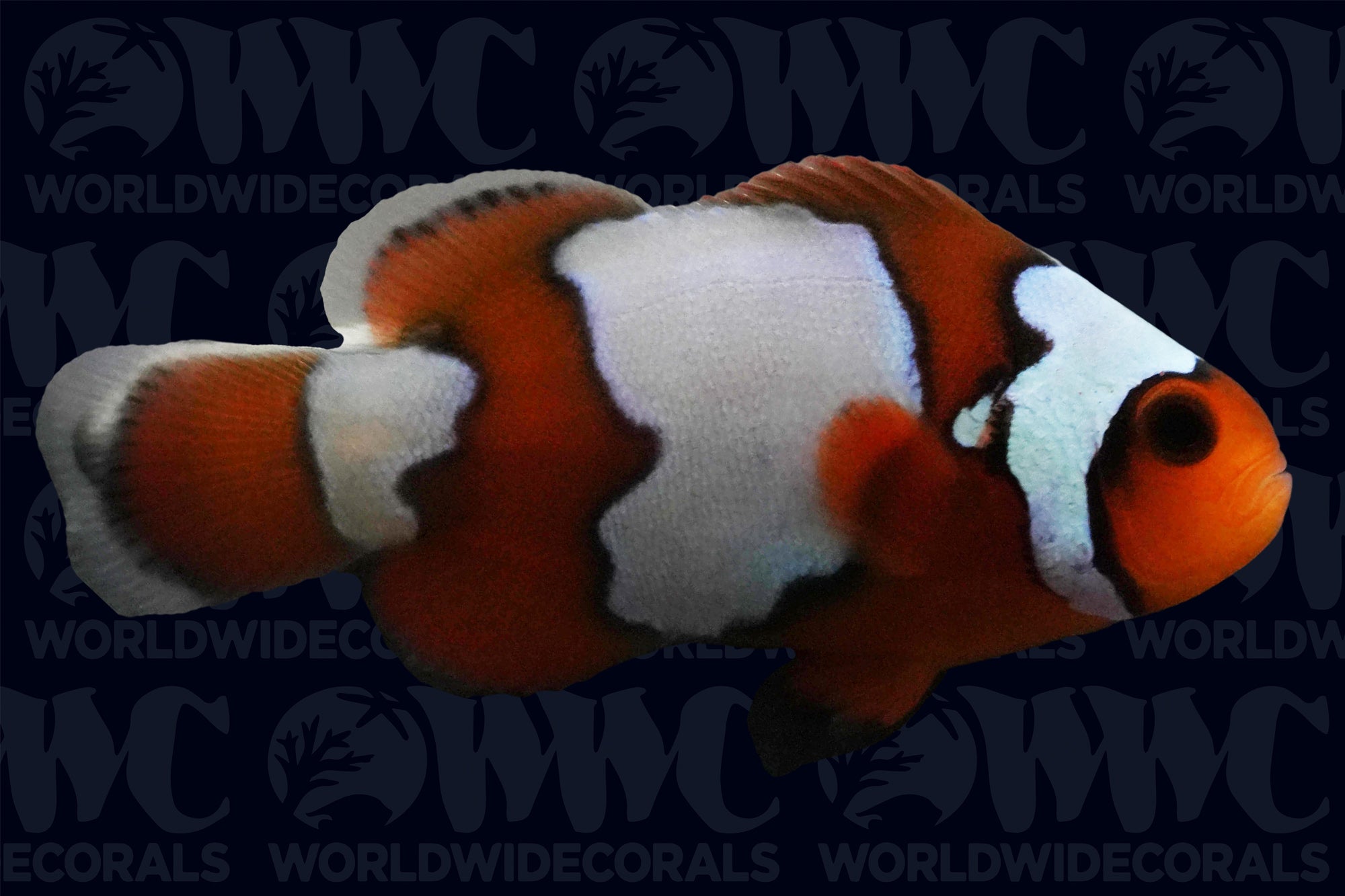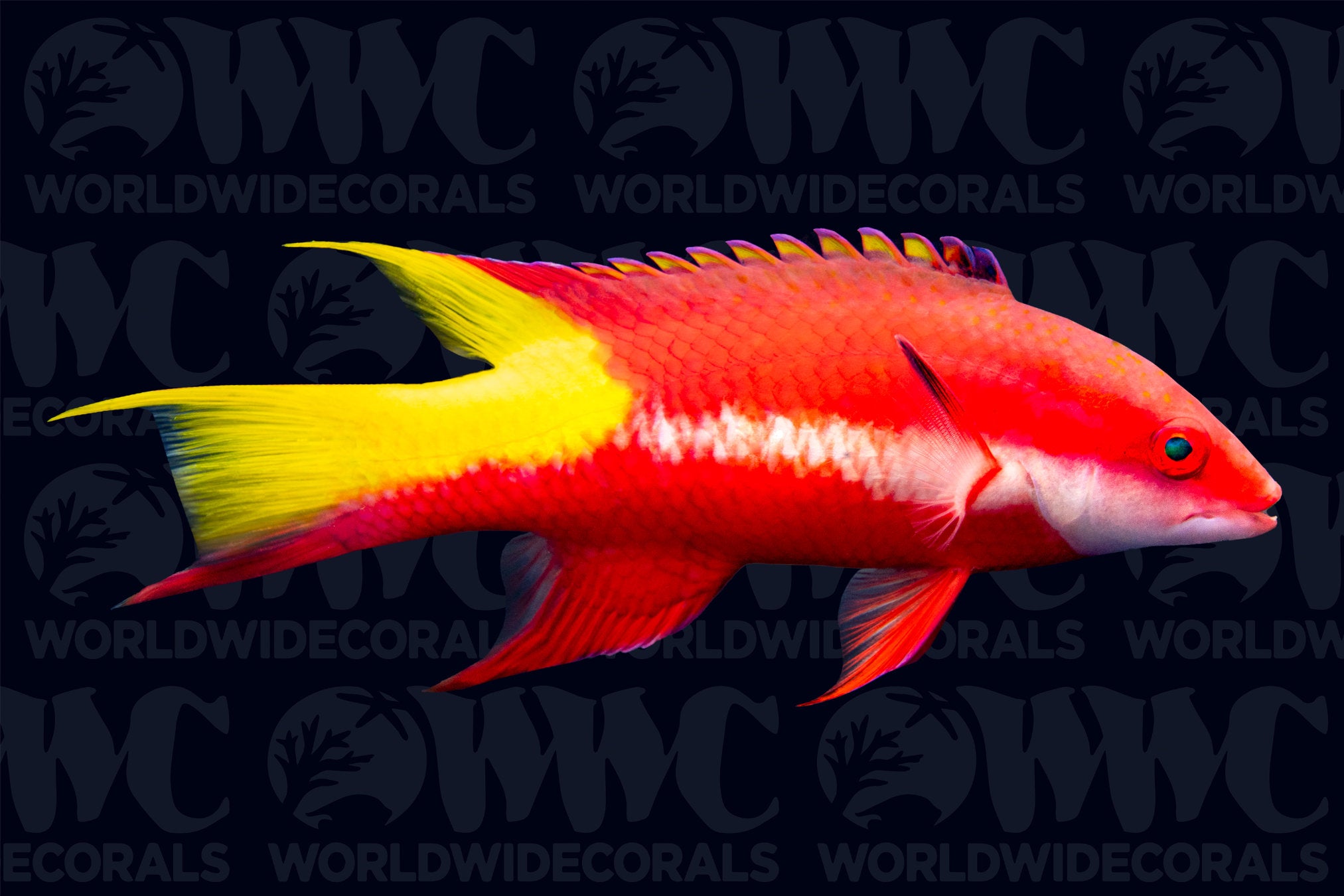Description
Paracheilinus mccoskeri
McCosker's Flasher Wrasse, are popular among aquarists for its vivid colors, and active swimming behavior, making it a striking addition to reef aquariums. Known for its peaceful temperament, this wrasse is well-suited for reef environments, though males may become territorial toward other males. To maintain harmony, it's ideal to house a single male with multiple females. Displaying vibrant reds, blues, and yellows, McCosker's Flasher Wrasses are particularly stunning when males flash their colors during courtship displays. As carnivores, McCosker’s Flasher Wrasses thrive on a varied diet that includes small meaty foods, such as frozen mysis and brine shrimp, along with high-quality pellet or flake foods designed for carnivores. Their active nature benefits from multiple feedings per day, ensuring they maintain their energy levels and vibrant coloration. Growing up to 3 inches, these wrasses do best in aquariums of at least 55 gallons, providing plenty of swimming space. In their natural habitat across the Indo-Pacific, they inhabit outer rubble covered reef slopes, often at depths of up to 130 feet, where they navigate through coral structures and open sandy areas.
McCosker's Flasher Wrasse, are popular among aquarists for its vivid colors, and active swimming behavior, making it a striking addition to reef aquariums. Known for its peaceful temperament, this wrasse is well-suited for reef environments, though males may become territorial toward other males. To maintain harmony, it's ideal to house a single male with multiple females. Displaying vibrant reds, blues, and yellows, McCosker's Flasher Wrasses are particularly stunning when males flash their colors during courtship displays. As carnivores, McCosker’s Flasher Wrasses thrive on a varied diet that includes small meaty foods, such as frozen mysis and brine shrimp, along with high-quality pellet or flake foods designed for carnivores. Their active nature benefits from multiple feedings per day, ensuring they maintain their energy levels and vibrant coloration. Growing up to 3 inches, these wrasses do best in aquariums of at least 55 gallons, providing plenty of swimming space. In their natural habitat across the Indo-Pacific, they inhabit outer rubble covered reef slopes, often at depths of up to 130 feet, where they navigate through coral structures and open sandy areas.
3 DAY GUARANTEE | Hassle Free | 100% Satisfaction | Online Orders Only



























